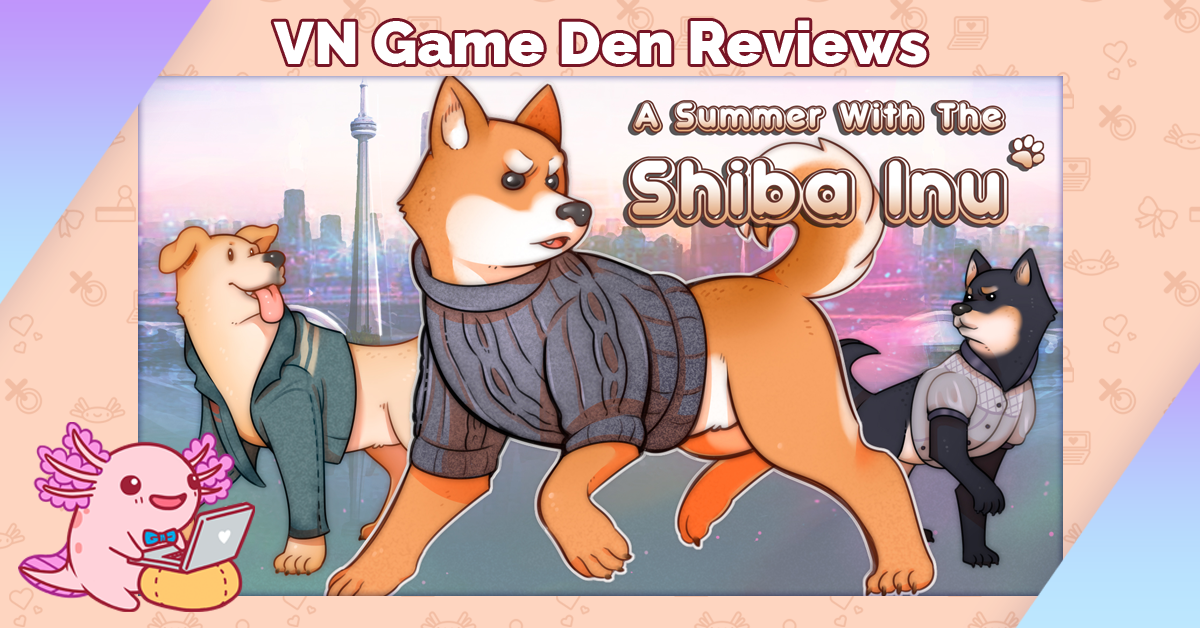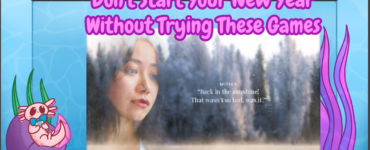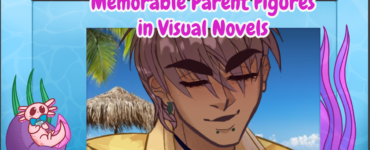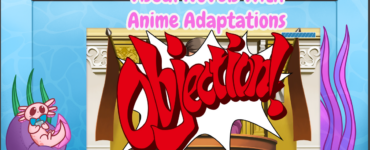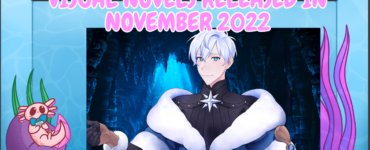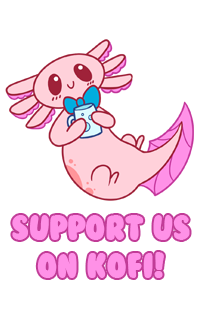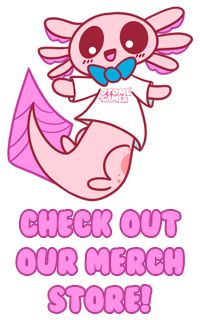After quitting her job and moving back home after a ten-year absence, Syd the shiba inu is forced to face the ghosts from her past, both in “real life” and the full-dive VR game of the ARInas. In A Summer with the Shiba Inu from Quill Game Studios, follow her and her erstwhile companions as she solves the mystery of her brother’s disappearance and learns the secret behind the high-tech system that drives social hierarchy on the island.
A review code for this game was provided to us by the developers.
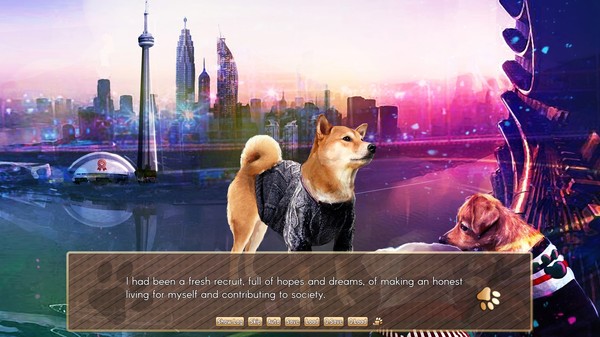
On first blush, it’s almost impossible to not compare this game to something like Hatoful Boyfriend, and rightly so. Like Hatoful and a handful of other kitschy visual novels, it leans on a gimmick to draw player interest. This isn’t an inherently good or bad technique, but it does necessitate pulling back the layers to see what the game actually is underneath. Doing so with Shiba Inu reveals something that’s okay…but not extraordinary.
Shiba Inu is, in essence, a sci-fi story centered around a society with a strict hierarchy. And that hierarchy’s built on the rankings of a full-dive video game. That’s the kind of premise that would be very at home in an isekai anime, and yet they do a pretty good job of hanging enough weight on it for it to feel a little more like a serious, adult drama. There are still some elements that feel a little silly but not as ridiculous as they could have been. The tone is kept fairly consistently dramatic without any hiccups that read more outlandish than the scenes around it.
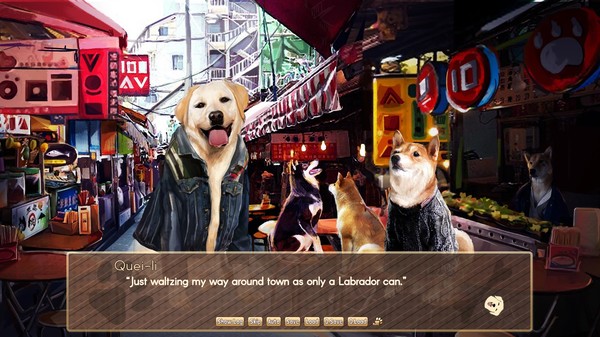
The writing itself, though, is a little all over the place in quality. The early worldbuilding is a little clunky, but it finds its feet after the first scene. From there, the lore is generally more organically presented. It’s just not totally fleshed out. Some of the thin spots in the world may be attributable to not having played all the routes, but there are still a lot of essential things that just get glossed over or hand-waved away. It doesn’t keep you from enjoying the game, but it leaves a number of hanging questions and creates occasional uncertainty.
This spotty worldbuilding isn’t really helped by story-writing that’s pretty hit or miss. The characters’ writing is good. I’m enamored of them and find myself highly sympathetic to their plight. They’re characters I enjoy and care about. The story jumps around a lot, though. It goes back in time, then back to the present. You’re in the VR game, then out of the VR game. And the cuts between all these scenes are very quick and clunky. It can be difficult to figure out exactly where you are in the timeline and sometimes a scene or a location comes out of left field with very little warning or context for its presence. What keeps you reading, though—and this is something they did well—is a solid hook. There’s an interesting mystery there, and it’s paired with the overwhelming need to find out what is going on exactly. Whether it pays off totally or not seems like it’s more dependent on what route you choose to go down. It tries very hard to lean into the idea of the nature of reality as one of its prevailing themes, but it doesn’t quite drop the other foot on the idea until the very very end of the game. So when the ending comes it’s less an “aha” and more of an “okay?”
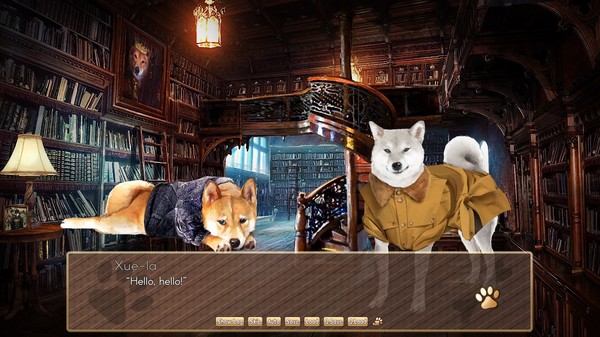
Part of the game’s initial charm obviously comes in the form of the photographic sprites of various dogs (primarily shiba inu). They’re very cute and very well-constructed. They put an incredible amount of work into making the dogs very expressive with unique personalities from one another.
The whole thing has this very picture collage feel to it that’s very different, but may not be everyone’s cup of tea.
Despite being visually well-constructed, it does feel like it lacks its own aesthetic personality. It’s kitsch, but it’s bland, so it doesn’t look like a game that feels done. So while the cute art is a great juxtaposition with the darker themes, it also strikes as being unpolished until you get used to it.
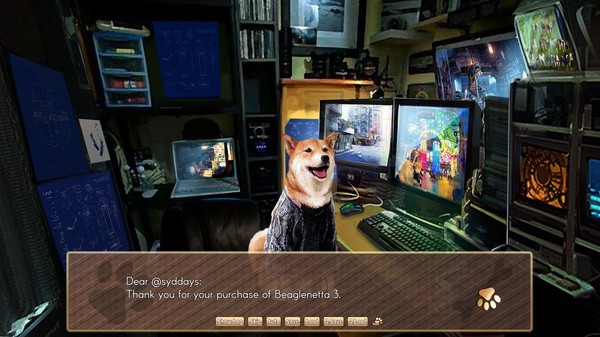
I think the real shame in A Summer with the Shiba Inu is that it didn’t need the this shiba inu-themed skin. You could replace them all with humans (or any other species) and it would be 95% the same game. As opposed to dropping the goofy hook, the game would have benefited from leaning even harder into it. Apart from the very beginning with a gag bit about door handles, it’s not really a game about dogs, nor does it take place in a world that’s inhabited by hyper-intelligent canines. The game could have turned up its own fun by a factor of ten by really extrapolating out what a dog-run world would look like. How could dog video games have been different? What about their parasocial relationships? How does a dog-world function? They missed a golden opportunity to give us that as players.
A Summer with the Shiba Inu ultimately is a just okay game that struggles to offer more beyond its surface-level mysteries. It’s still a fun game to play, but lacks the certain something that could elevate it to something beyond its self-imposed gimmick.

